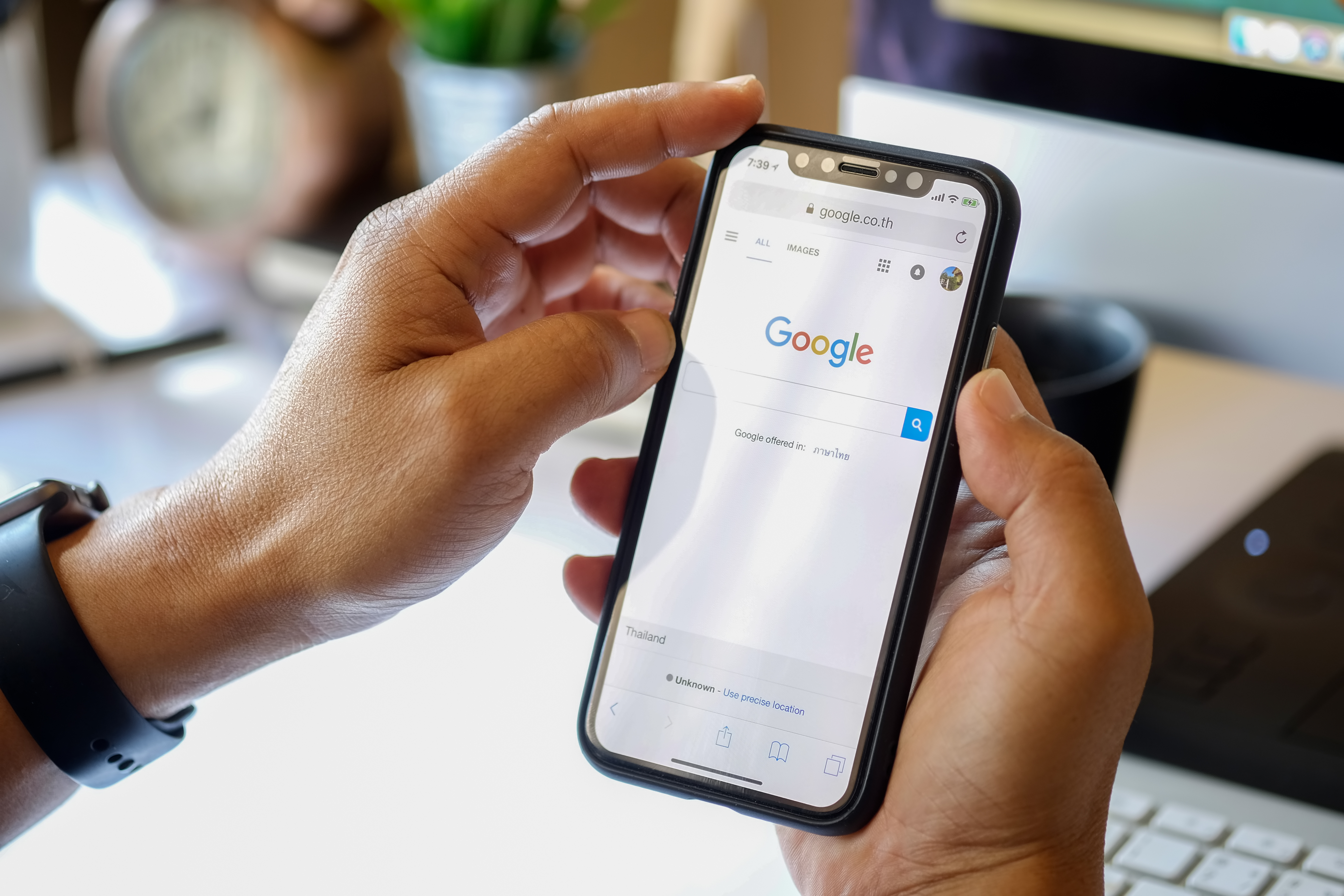Google now lets you remove your search results with personal data — here’s how

It seems like privacy is pretty hard to come by in the internet age, especially when search engines are involved. But Google’s doing a little bit to help, with new tools that are designed to remove search results featuring personal identifiable information (PII) — which includes contact details.
Google announced this change at Google I/O back in May, and now the new tools have started rolling out. This means you can start filing requests to have your personal information removed from Google searches.
This isn’t the first time Google has given people the ability to remove personal details from search results. The best known example is the EU’s ‘Right to be Forgotten,' which came into force in 2014. Google also has policies in place for people to request removal of results featuring images of minors, sites with exploitative removal practices (sites that require people to pay money directly to them or to other agencies to get the content removed), alongside various kinds of pornography — specifically content posted without consent, faked content and so on.
These new tools are designed to streamline the whole process and make it easier to ask Google to pull personally identifiable information.
According to Google’s support page these requests allow the removal of confidential government IDs (including social security numbers), bank account numbers, credit card numbers, images of handwritten signatures, images of ID documents, official and restricted medical records (like medical records), confidential logins and personal contact information — specifically addresses, phone numbers and email addresses.
Google also claims it will “consider” removing professional contact information when 'doxxing' is a concern.
How to remove your personal information from Google search results
To get the process started you need to head over to Google’s removal request form and start filling out information.
Get instant access to breaking news, the hottest reviews, great deals and helpful tips.
Alternatively Android users can kick things off by opening the Google app, tapping their profile picture in the top right corner, and selecting the ‘Results About You’ option. While the web form seems to be available for everyone, the Google app forms are still rolling out.
The most important part of this whole process is that you tell Google what information is being removed, whose information it is alongside links to and screenshots of the offending webpages. It’s a very simple step-by-step process, and Google walks you through everything as you progress.
It should only take you a few minutes to sort out, after which you’ll get an automated confirmation. Google will then review the request, ask for more information if needed, and inform you of whatever action has been taken, which includes an explanation if your request was rejected.
Users will also be able to skip a bunch of the bureaucracy if they find an offending web page while browsing. Simply tap the three-dot menu in the top right corner of the result, which opens the About This Result panel. This now has a “Remove Result” option, which then walks you through the removal request process. Again this is still rolling out to everyone, and may not appear on desktop or mobile for a little while.
It’s not clear how long these requests take to process, or how Google will decide if something isn’t eligible for removal. But streamlining the process is a good thing, especially when personal information is weaponized by bad actors online with increased regularity and effectiveness. The last thing you want is your information floating around for the whole world to find on Google.
It doesn’t stop websites from hosting that information or potentially refusing to take it down. But it does make it a lot harder for people to find it.

Tom is the Tom's Guide's UK Phones Editor, tackling the latest smartphone news and vocally expressing his opinions about upcoming features or changes. It's long way from his days as editor of Gizmodo UK, when pretty much everything was on the table. He’s usually found trying to squeeze another giant Lego set onto the shelf, draining very large cups of coffee, or complaining about how terrible his Smart TV is.
